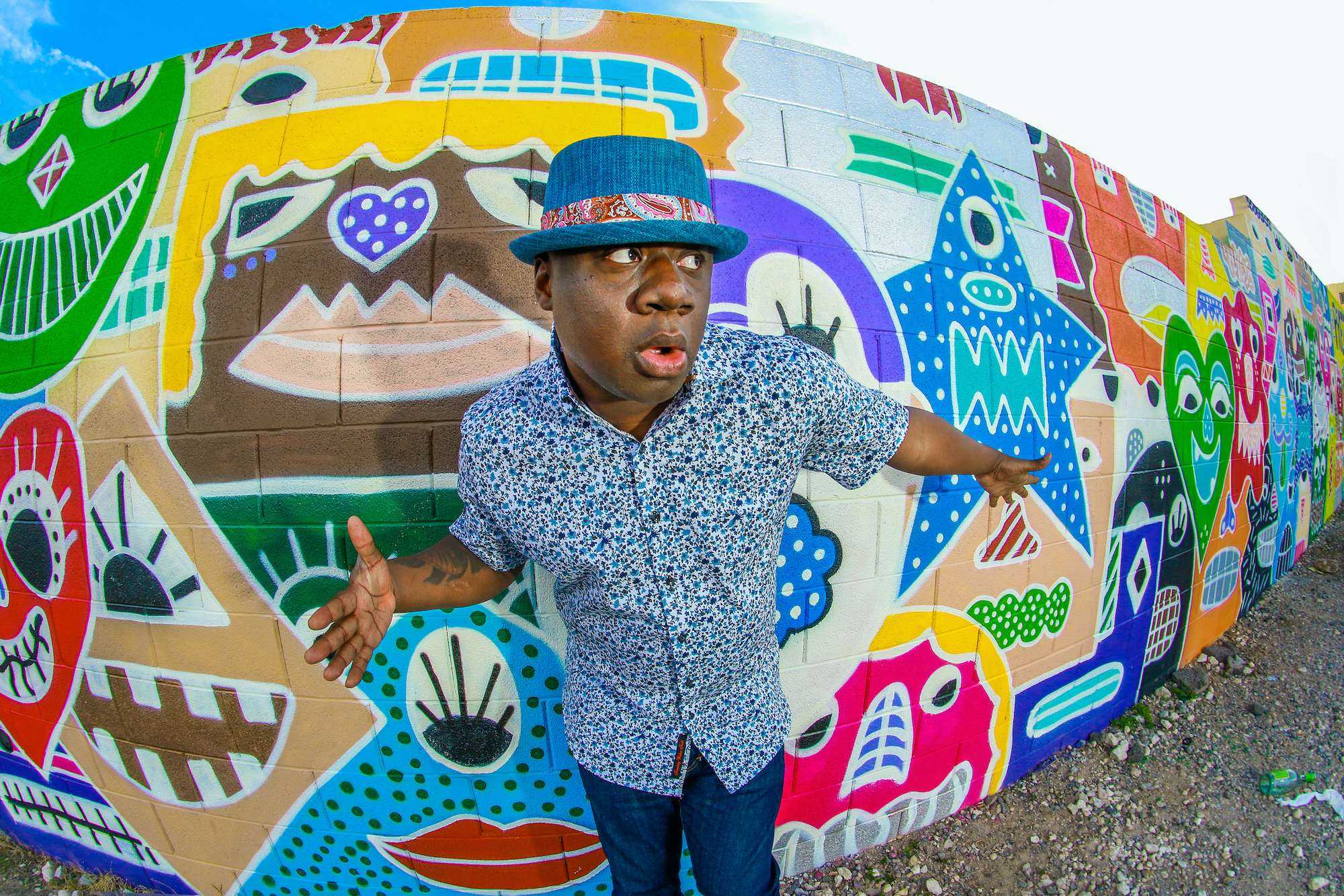on
BY SIMONE J. SMITH
As I stare outside my window watching the blowing snow, and icy sidewalks, I think about how much fun I used to have as a child rolling in the snow, making snow angels; so much has changed, and instead, now our young ones are sitting in front of computer screens for hours, not having the chance to experience the fresh, crisp, winter air.
During the cooler months, it is common for children to be restricted to indoor play at home, and only permitted to play outdoors when it is warm and sunny. What has made this worst in the last two years is the pandemic, which has not only isolated people from family and friends, but has made people afraid to leave their homes.
Many parents fear that their children will not “like” being outside in the cold, or that they will get sick from being outside in the cold fresh air. We mistakenly associate winter with getting colds and illnesses such as the flu. However, it is not exposure to the cold that cause these viruses. In fact, it’s likely to be due to increased exposure to poorly ventilated indoor environments, where bacteria and viruses live. By encouraging outdoor play in winter, children gain much needed exposure to fresh air and Vitamin D, while avoiding bacteria.
Thankfully, we do have a reprieve; something fun to do outside this winter that involves the entire community. The Harbourfront Centre has unveiled its electrifying 2022 winter season, bringing live performance and in-person arts and culture programming back to Toronto’s downtown waterfront beginning in January 2022. The festival line-up showcases a dynamic array of international and national programming including dance, theatre and music performances, talks and workshops, and public art installations from some of the world’s most illuminating artists and thought leaders.
The highly anticipated 2022 winter season features a dazzling array of international festival performances that will once again grace Harbourfront Centre’s intimate venues, including Harbourfront Centre Theatre and Fleck Dance Theatre.
I had a chance to speak with Diana Webley, the Associate Producer of Kuumba: Toronto’s largest and longest-running Black Futures Month festival. She was excited to share what the community has to look forward to this year.
“We focused on visual arts,” Diana tells me. “We were able to have a photo exhibition on site, and we are excited to welcome people back into the building, and in our theatres.
We understand that we have to be a little more acceptable of all walks of life, so we wanted to offer different price points. We have price points as low as $15.00 and then there is a maximum. People can also donate.
We are giving the community an opportunity to get to know us. We have seen other organizations doing this, and we need to be up to snuff and make better efforts to connect with all communities that reside in Toronto.”
It has been two years since the last in-person performance, and this season marks a significant return to the international stage. Past visitors can look forward to some of their favourites: Festival of Cool, which brings the globe’s Northern cultures to Toronto’s waterfront from January 19th – February 13th, 2022; Toronto’s longest-running Black Futures Month festival, Kuumba, from February 1st –28th, 2022. Through music, dance, theatre, educational workshops and literary events, the festival aims to support and help strengthen Toronto’s Black community by connecting the future to its past. What do we have to look forward to this year?
A Black Girl In Love (With Herself): Let your breakdown be your breakthrough (Canada)
Trey Anthony
February 5th – 6th, 2022 at 8:00 pm
Trey Anthony, an award-winning writer, motivational speaker, and relationship/life coach, is back again with another night of Black Queen Comedy that will have you gasping and ts ts-ing in the aisles. For two nights only, Trey will cut it up and have uplifting and hilarious girl talk at a time when we need it most!
Kuumba Comedy Night with Trixx & Friends (Canada, USA)
Trixx, Correy Bell and Mike Paramore
February 11th –12th, 2022 at 8:00 pm
North America’s top comedians hit the stage for an evening of hilarious stand-up performances. Features Toronto’s finest, Trixx, Correy Bell (Chicago) and Mike Paramore (Cleveland).
Double Bill: Still…HERE…STAND + A Seat at the Table (Canada)
Kevin A. Ormsby and Esie Mensah
February 12th, 2022 at 8:00 pm
Kuumba presents a double bill. Kevin A. Ormsby’s crucial dance work Still…HERE…STAND has an essential message at its core: resilience exists in being Black. Later in the evening Esie Mensah’s A Seat at the Table is an ode to the complexities and realities of the Black experience through choreography. Explore these with an authentic seat at the table to listen and learn.
Outside of Kuumba, there is so much more to look forward to at Harbourfront this year. Toronto’s premier contemporary dance series, Torque, will be showcased from February 4th – May 23rd, 2022; and Toronto’s beloved international children’s festival, JUNIOR, from May 21st – 23rd, 2022.
We can’t forget DJ Skate Nights on Saturday evenings at 8:00 pm, starting January 22nd, 2022. Everybody’s favourite Saturday night is back with local and international DJs bringing the heat to a cold night! The full line-up will be announced at a later date.
Most noteworthy is the launch of their new festival CoMotion, an international Deaf and disability arts festival from April 20th – May 1st, 2022. Curated by renowned Canadian playwright, actor and disability arts advocates Alex Bulmer, CoMotion is the largest festival of its kind in Canada.
We cannot let this pandemic take away all the fun that we remember, and all the new memories that we can make. My only hope is that with the new lockdown measures that people will be able to enjoy what Harbourfront has to offer.
Stay in the loop with exclusive news, stories, and insights—delivered straight to your inbox. No fluff, just real content that matters. Sign up today!
We, as humans are guaranteed certain things in life: stressors, taxes, bills and death are the first thoughts that pop to mind. It is not uncommon that many people find a hard time dealing with these daily life stressors, and at times will find themselves losing control over their lives. Simone Jennifer Smith’s great passion is using the gifts that have been given to her, to help educate her clients on how to live meaningful lives. The Hear to Help Team consists of powerfully motivated individuals, who like Simone, see that there is a need in this world; a need for real connection. As the founder and Director of Hear 2 Help, Simone leads a team that goes out into the community day to day, servicing families with their educational, legal and mental health needs.Her dedication shows in her Toronto Caribbean newspaper articles, and in her role as a host on the TCN TV Network.













